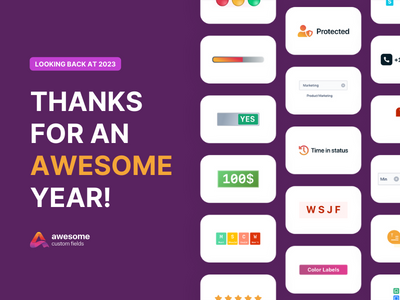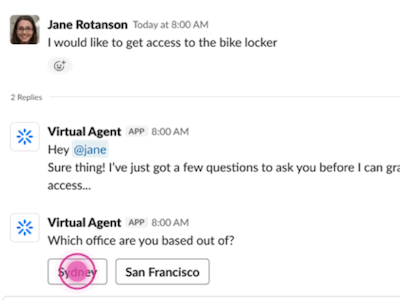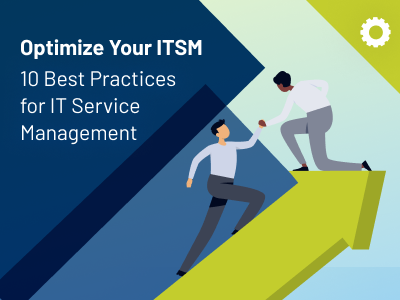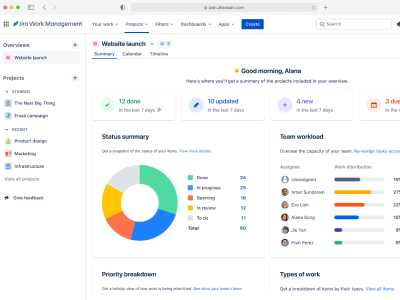At this year’s edition of the Team ’24 customer and user conference, Atlassian has just announced at this year’s edition of the Team ’24 customer and user conference that its two flagship software solutions, Jira Software and Jira Work Management, are being merged into one solution. It bears the simple name Jira, without a name tag. Find out what changes for whom.
Jira Software and Jira Work Management Become Jira









